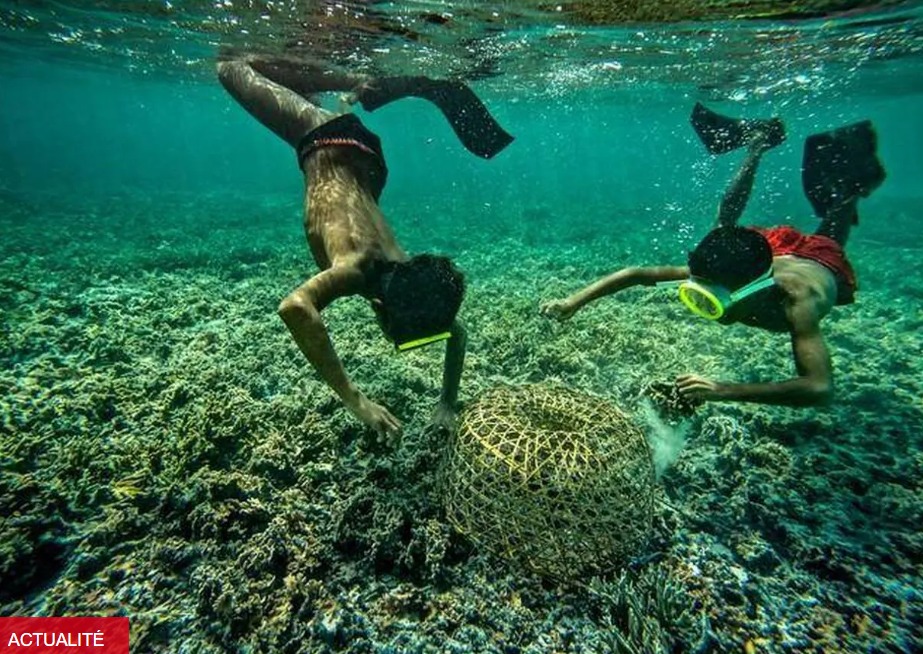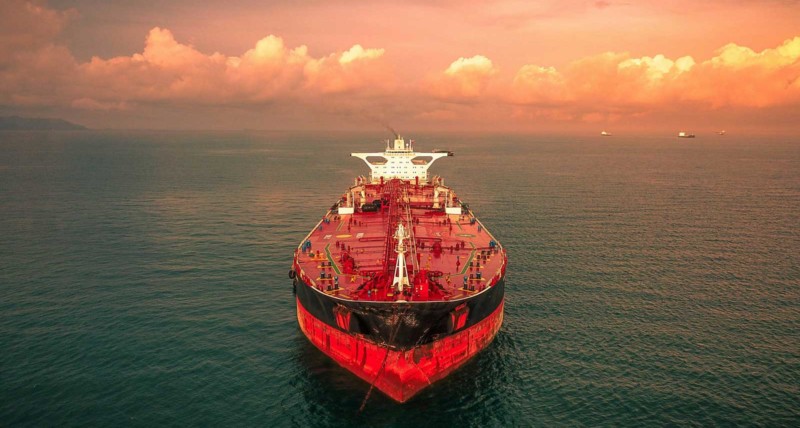The Bajau people, living in the waters between Indonesia, Malaysia, and the Philippines, are capable of holding their breath for nearly thirteen minutes while diving up to 60 meters deep in search of fish, crustaceans, and other marine creatures. An American scientist, Melissa Llardo, has found evidence suggesting that a genetic mutation has made them more suited to their environment.
Generally, people can hold their breath for just a few seconds or a couple of minutes during a dive. But the Bajau can work and dive for up to thirteen minutes, a truly impressive feat.
Known as the « sea nomads, » the Bajau live in the waters of Southeast Asia, where they dive deep into the ocean to fish. Their ability to hold their breath for such long periods intrigued Melissa Llardo, a researcher at the Center for Geogenetics at the University of Copenhagen.
A Larger Spleen
To conduct her 2018 study published in Cell, Melissa Llardo spent several months in Indonesia comparing the Bajau people with another local community, the Saluan, who do not dive. « I wanted to meet the community first, not just show up with scientific equipment, perform tests, and leave, » the researcher shared in an interview with National Geographic. During her second visit, she brought a portable ultrasound machine and sampling kits, scanning the spleens of various individuals.
In her research, Llardo explained that when a person dives underwater, their body develops certain reflexes to survive. The heart rate slows down (a phenomenon known as bradycardia), peripheral blood vessels constrict, and the spleen contracts, releasing a reserve of oxygen-rich red blood cells into the bloodstream.
According to Llardo, the Bajau people « spend about 60% of their workdays underwater. » After conducting numerous tests, including ultrasounds and genetic samples, she discovered that the Bajau’s spleens are twice as large as those of the Saluan, whether they dive or not.
A Potential Genetic Mutation
Through genetic analysis, researchers discovered several genomic differences, including the presence of a gene called PDE10A in the Bajau, which regulates thyroid hormones. This gene was absent in the Saluan.
The researchers, including Llardo, hypothesize that a genetic evolution may have enabled the Bajau to dive and work in apnea for such extended periods. They suggest that the PDE10A gene, known to regulate the size of the spleen, could be key in enabling the Bajau’s spleen to grow large enough to support their frequent and prolonged dives.
Other Possible Explanations
Richard Moon from the Duke University School of Medicine, who studies human responses to extreme altitudes and depths, believes that other factors, in addition to spleen size, could explain the Bajau’s ability to dive. « The rib cage could also adapt. An extra space might form with training. The diaphragm might stretch. The abdominal muscles could adapt as well. We don’t really know if that’s the case here, » he commented to National Geographic. « The spleen can contract to a certain extent, but we don’t know of any direct link between the thyroid and the spleen. That could be an explanation. »
Cynthia Beall, an anthropologist at Case Western Reserve University who studies populations living at high altitudes, suggests that further research, such as additional spleen measurements or tests to assess the force of spleen contractions, is needed to support Llardo’s findings.
Source: France Ouest




